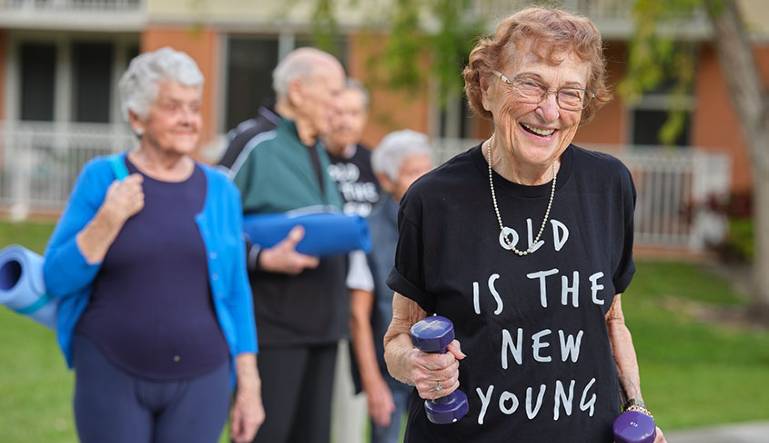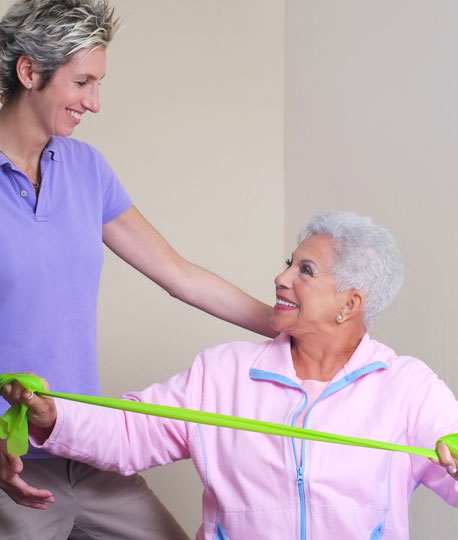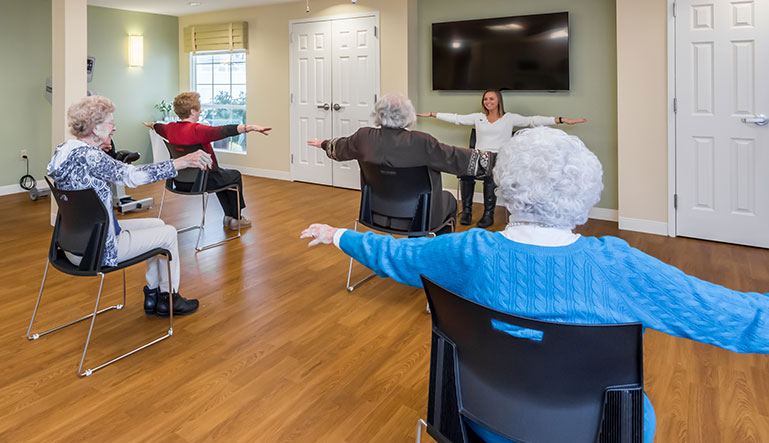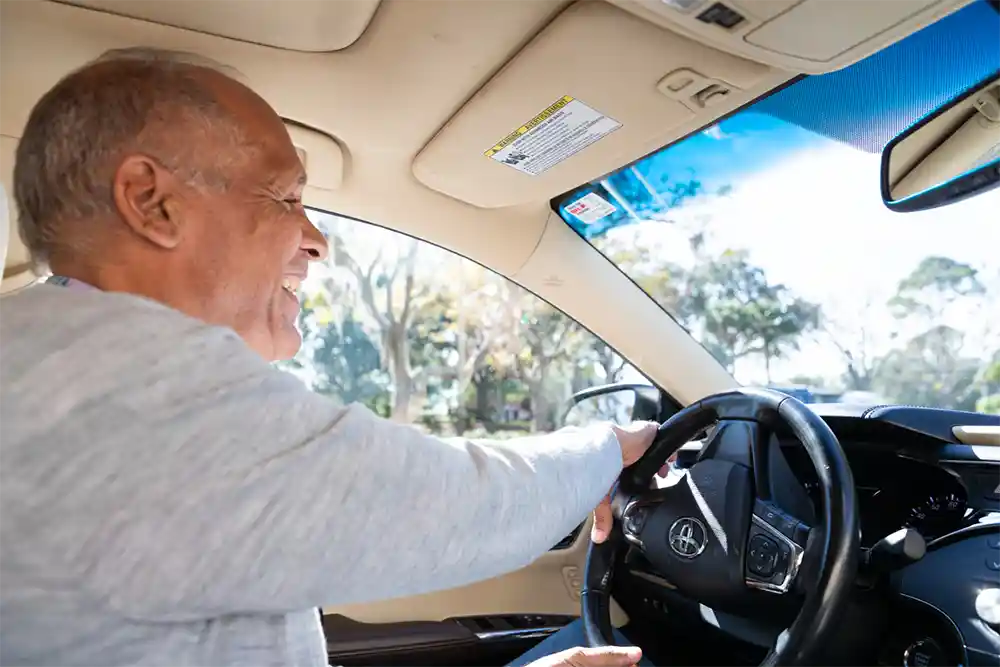Osteoporosis can have serious consequences for older adults. Bone pain, falls, and fractures are a few of the most common. Each can lead to a decline in quality of life.
According to the Centers for Disease Control and Prevention (CDC), 5.1% of men and 24.5% of women over the age of 65 have osteoporosis. While age is an unavoidable risk, other factors are more controllable. Making a few lifestyle modifications may help you prevent the disease.
Here’s what you should know about osteoporosis.
6 Ways to Prevent Osteoporosis
- Stay physically active: Regular exercise encourages bone regrowth while helping maintain bone density. Both are essential for preventing osteoporosis. Exercising 30 minutes a day, even if you break it up into two 15-minute workouts, helps keep bones strong. Walking, cycling, light weight training, and using resistance bands all promote bone health.
- Maintain a healthy weight: Health experts previously believed having a little extra body weight as you age protects you from osteoporosis. Recent studies seem to contradict those beliefs. Scientists now say maintaining an optimum body mass index (BMI) can help you prevent osteoporosis. Research shows a low BMI is bad for both men and women. A slightly elevated BMI may be good for men, but not women.
- Stop smoking: Many people associate smoking with lung diseases, especially cancer. But smokers also have increased risk for osteoporosis. Researchers say it interferes with the body’s ability to absorb calcium, which leads to a loss of bone density.
- Limit alcohol consumption: This is another risk factor that surprises people. High alcohol consumption puts you at risk for bone loss, too. Researchers believe it might be because adults who abuse alcohol tend to have a poor diet. Bad nutrition is linked to osteoporosis.
- Don’t skimp on protein: Some research shows older adults who consume a lot of protein experience fewer incidences of osteoporosis. By contrast, seniors who suffer bone fractures often eat little protein. Make sure you talk with your primary care physician to determine how much protein you should be eating every day.
- Monitor calcium and vitamin D: As we age, our bodies become less efficient at processing vitamins and nutrients. It is difficult to consume enough calcium and vitamin D, two vitamins essential for healthy bones, through diet. Your physician may order a blood test to determine if you are deficient and possibly prescribe a high dosage of vitamin D to help.
A Unique Approach to Healthy Living
At Five Star Senior Living communities, we know how important it is for residents to live their best quality of life at every age. Through our Lifestyle360 program, we create opportunities for nurturing the body, mind, and spirit. From fitness programs, like Tai Chi and Pilates, to art workshops that promote better brain health, we set the standard for healthy retirement living.
Call us at (853) 457-8271 to schedule a community tour today!




 As Baby Boomers continue to reach retirement, the average age of drivers on the nation’s highways is climbing. While a common perception is that senior behind the wheel put other drivers at higher risk for injury, they are actually less likely than teen drivers are to cause fatal and non-fatal accidents. The truth is that older drivers are more likely to cause harm to themselves when they hit the road.
As Baby Boomers continue to reach retirement, the average age of drivers on the nation’s highways is climbing. While a common perception is that senior behind the wheel put other drivers at higher risk for injury, they are actually less likely than teen drivers are to cause fatal and non-fatal accidents. The truth is that older drivers are more likely to cause harm to themselves when they hit the road.





